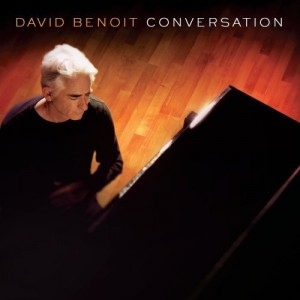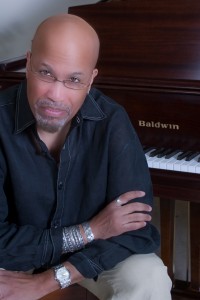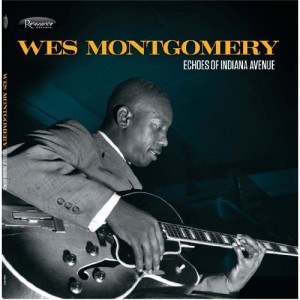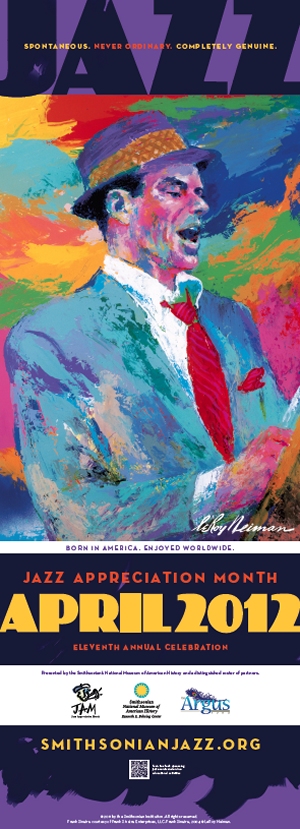Posted May 26th, 2012 at 1:20 am (UTC+0)
Diaa Bekheet | Washington, DC – He is a jazz visionary and a piano master inspired by America’s legendary composer and pianist Duke Ellington. So, any other adjective I can add about the music of the gifted South African pianist, flutist, composer and bandleader Abdullah Ibrahim would be redundant. His inspiring music was one of the driving forces behind the anti-Apartheid movement in South Africa.

South African pianist, composer and bandleader Abdullah Ibrahim (Courtesy A. Ibrahim)
Ibrahim, also known as “Dollar Brand”, was a strong opponent of the apartheid regime. He was arrested several times, but before leaving South Africa for exile, he wrote and recorded his masterpiece: “Mannenberg”. The song became a stirring vamp and the anthem of the anti-apartheid movement following the Soweto uprising in June 1976.
His music inspired then-imprisoned African National Congress (ANC) leader Nelson Mandela. All types of music were banned in jails, but a lawyer for Mandela managed to smuggle some of Ibrahim’s music inside the prison prison and played it in the control room.
“Judy smuggled in Mannenberg,” recalls Ibrahim in an interview with VOA’s Jazz Beat. “When President Mandela heard this song, he said liberation is near.” Listen the interview in full (mp3).
[audio:http://www.voanews.com/MediaAssets2/english/2012_05/Jazz-Beat_diaa_bekheet_abdullah_ibbrahim_may2012.mp3]
Ibrahim wrote most of his music in the black township of Cape Town. “We realize what had happened is that we had captured the spirit and the mood of the nation at that time, and it was confirmation and affirmation of our cultural and political inheritance,” said Ibrahim who was with his band in a recording studio in Cape Town at the time of the Soweto uprising. The movement later spread to all the cities and all the townships in South Africa. “And the public and the people picked up the song, and it was played and sung everywhere. And in some regards it has become almost like an unofficial national anthem of South Africa.”
Ibrahim was born Adolph Johannes Brand on October 9, 1934 in Kensington, Cape Town, South Africa, under the brutal apartheid regime. His family was very religious. In the mid-1970s he converted to Islam and adopted a Muslim name. Much of his early training came from watching his mother and grandmother play piano and sing in the African Methodist Episcopalian Church’s choir in the black township. When he was six years old, his parents sent him to a local school teacher to learn how to read music notes. He had an insatiable appetite for knowledge to the extent that he read all the books and magazines in the cultural section of Cape Town’s public library three times.
Ibrahim originally wanted to study medicine, but the white-minority rule denied him access to the medical school. So, he decided to become a musician, but he was denied entry to the Conservatory under the apartheid regime. When the political conditions became too oppressive, Ibrahim decided to join many other South Africans in exile abroad.
In Switzerland, he met American jazz legend Duke Ellington through a young South African jazz singer, Sathima Bea Benjamin, who later married Ibrahim.
“She [Sathima] was a young vocalist and somebody asked me if I could accompany her for a concert in Cape Town, which I agreed you know, pianist don’t like to play for vocalists,” said Ibrahim who He used to listen to Jazz on the Voice of America in the 1950s. He said he studied Ellington’s music, listened to it and played it. “When I arrived at the rehearsal studio there was this very beautiful lady… and I asked her what are you going to sing, she said ‘I got It Bad, I Got It Good” said Ibrahim who has more than 45 albums under his belt. “It was amazing because I was working on the song, the Ellington song myself. So, that created that bond even before we met Ellington.”
[audio:http://www.voanews.com/MediaAssets2/english/2012_05/Sathima_Bea_Benjamin_jazzbeat_30sec.mp3]
“Wherever we are as musicians, jazz musicians or contemporary musicians there’s no way that you can escape Ellington or the influence of Ellington,” noted Abdullah Ibrahim who is affectionately referred to by many as Africa’s king of jazz.
“So, in South Africa we grew up with Ellington [music]. And for me as pianist and a composer, Ellington was and still is one the primary forces in music. He gave us guidelines and guidance, and for us Ellington was not just an American [musician], he was just a wise old man in the village,” said Ibrahim who also developed a good relationship with other American jazz legends, including saxophonist John Coltrane, drummers Elvin Jones and Art Blakey, and pianist Thelonious Monk.
In the late 1949s, Ibrahim began playing professionally in South Africa. He was a member of The Jazz Epistles, South Africa’s first bebop band. It was inspired by Art Blakey’s Jazz Messengers. Later he joined a Cape Town-based big band called the Tuxedo Slickers. “We used Tuxedo Junction as our signature tune,” said Ibrahim. “It was co-written by Erskine Hawkins… I visited his home in Birmingham, Alabama, to pay my respects.” The Slickers also played songs by Tommy Dorsey, Glenn Miller, Count Basie, and Joe Liggins.
Ibrahim’s dedication to music encouraged him to establish the “M7” academy for South African musicians in his birthplace, Cape Town. He also initiated and helped launch the 18-piece Cape Town Jazz Orchestra in 2006. The genius of Ibrahim’s precise rhythmic sense and crisp finger work sometimes resemble that of the famed 19th century pianists in the field of impressionist music, like Gabriel Fauré and Claude Debussy from France, and the Polish Moritz Moszkowski, critics have said. He has written the soundtracks for several movies, including the award-winning Chocolat and No Fear, No Die.
Ibrahim also appeared in the 2002 documentary Amandla!: A Revolution in Four-Part Harmony, highlighting the empowering role of music in the South African struggle against the brutal segregationist system of apartheid. In the movie, Ibrahim, Nelson Mandela and others described life under the white-minority rule in South Africa. He won the South African Music Award (SAMA) for Best Male Artist.
http://www.youtube.com/watch?v=5wH0R5mU7WQ
For more on jazz music, listen to VOA’s Jazz America














